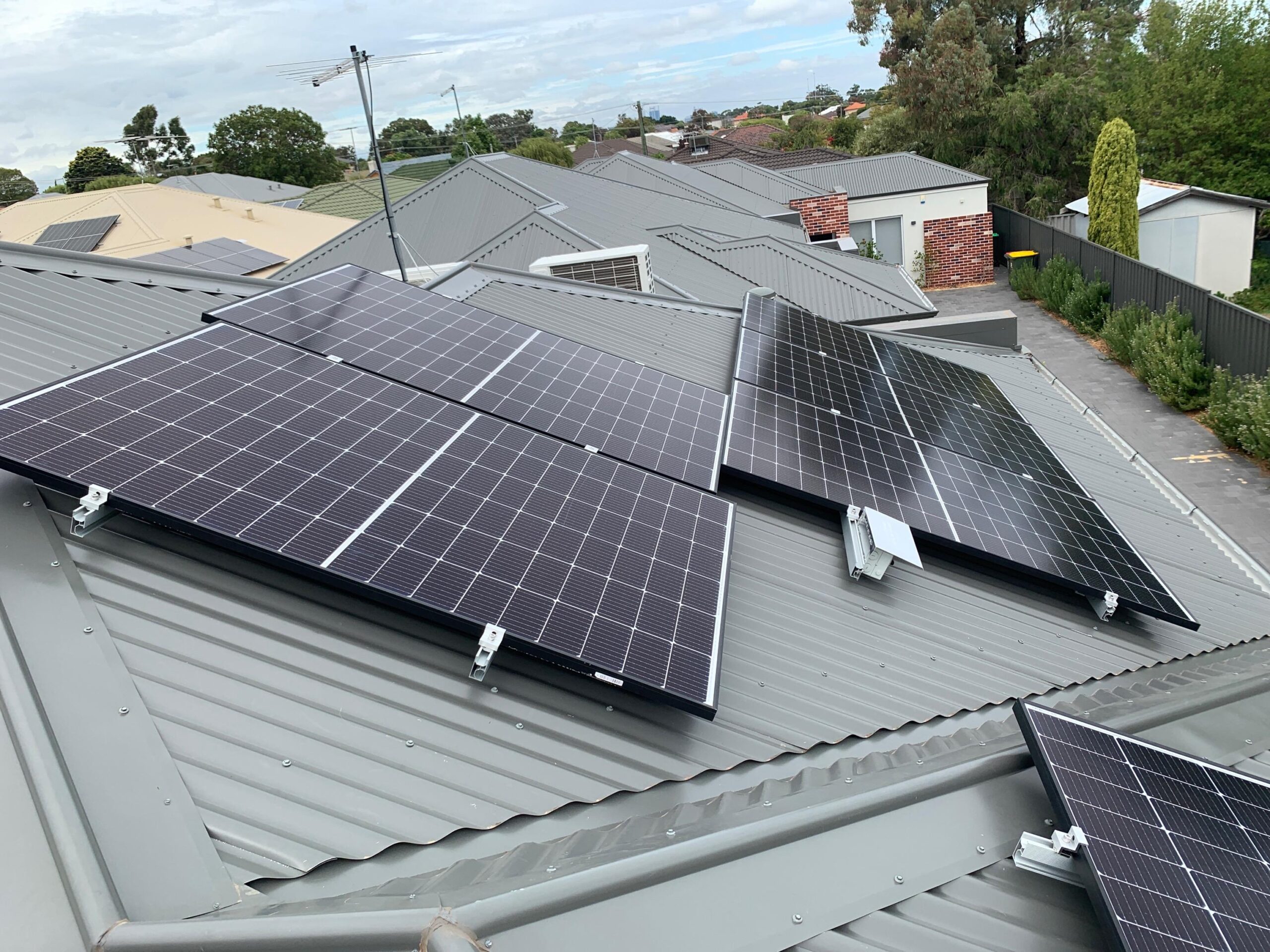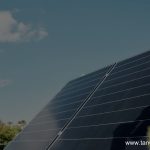Harnessing the Power of the Sun: A Guide to Solar Panel Installation

Harnessing the Power of the Sun: A Guide to Solar Panel Installation
In an era of growing environmental concerns and rising energy costs, the quest for sustainable energy solutions has never been more crucial. Among the array of renewable energy sources, solar power stands out as one of the most promising and accessible options for both homeowners and businesses alike. With advancements in technology and decreasing costs, installing solar panels has become an increasingly viable and attractive investment. In this guide, we’ll delve into the process of solar panel installation, exploring its benefits, considerations, and steps involved.
Understanding Solar Power:
Before delving into the installation process, it’s essential to grasp the fundamentals of solar power. Solar energy is harnessed through photovoltaic (PV) cells, which convert sunlight into electricity. These cells are typically encapsulated within solar panels, which are then installed on rooftops or ground-mounted arrays. The electricity generated by solar panels can be used to power homes, businesses, and even entire communities, offering a clean, renewable alternative to traditional fossil fuels.
Benefits of Solar Panel Installation:
The decision to install solar panels brings with it a myriad of benefits, both environmental and economic. Here are some key advantages:
- Reduced Energy Bills: By generating your own electricity from the sun, you can significantly reduce or even eliminate your reliance on grid power, leading to substantial savings on your energy bills over time.
- Environmental Impact: Solar power is a clean, renewable energy source that produces minimal greenhouse gas emissions compared to fossil fuels, helping to mitigate climate change and reduce your carbon footprint.
- Energy Independence: Investing in solar panels grants you greater control over your energy supply, reducing vulnerability to fluctuations in utility prices and ensuring a reliable source of power.
- Financial Incentives: Many governments and utilities offer incentives such as tax credits, rebates, and net metering programs to encourage solar adoption, further enhancing the financial viability of solar panel installation.
- Increased Property Value: Solar panels are viewed as a desirable feature in real estate, often increasing the resale value of homes and commercial properties.
Considerations Before Installation:
While the benefits of solar panel installation are compelling, there are several factors to consider before embarking on the process:
- Site Suitability: Assess the solar potential of your property by evaluating factors such as sun exposure, shading from trees or buildings, roof orientation, and slope. Ideally, solar panels should be installed on a south-facing roof with minimal obstructions to maximize sunlight capture.
- Roof Condition: Ensure that your roof is structurally sound and in good condition to support the weight of solar panels. If necessary, make any repairs or reinforcements before installation.
- Regulatory Requirements: Familiarize yourself with local building codes, zoning regulations, and permitting requirements for solar panel installation in your area. Obtain necessary permits and approvals before proceeding with the project.
- Financial Considerations: Calculate the upfront costs of solar panel installation, taking into account equipment expenses, installation fees, and potential financing options. Evaluate the long-term return on investment (ROI) based on energy savings and incentives.
- Solar Panel Selection: Research different types of solar panels, inverters, and mounting systems to determine the best fit for your needs and budget. Consider factors such as efficiency, durability, warranty, and manufacturer reputation.
The Solar Panel Installation Process:
Once you’ve conducted thorough planning and preparation, it’s time to proceed with the installation process. While the specifics may vary depending on your location and chosen installer, the general steps typically involve:
- Site Assessment: An experienced solar installer will conduct a site visit to assess your property’s solar potential, roof condition, and electrical infrastructure. They will also discuss your energy goals and tailor a solar solution to meet your needs.
- Design and Permitting: The installer will design a customized solar PV system based on your site assessment and energy requirements. They will then obtain necessary permits and approvals from local authorities before commencing installation.
- Installation: The installation process begins with mounting the racking system onto your roof or ground area. Solar panels are then securely attached to the racking using bolts or clamps. Wiring and electrical connections are carefully installed to integrate the solar array with your home’s electrical system.
- Inverter Installation: A solar inverter is installed to convert the DC (direct current) electricity generated by the solar panels into AC (alternating current) electricity suitable for use in your home. Depending on the system design, inverters may be installed either on the roof or in a centralized location.
- Testing and Commissioning: Once the installation is complete, the system undergoes thorough testing to ensure proper functionality and safety compliance. The installer will also assist with utility interconnection and metering arrangements to enable seamless integration with the grid.
- Monitoring and Maintenance: After installation, it’s essential to regularly monitor your solar PV system’s performance to ensure optimal efficiency and troubleshoot any issues that may arise. Routine maintenance such as cleaning panels and inspecting electrical components can prolong the lifespan of your system and maximize energy production.
Solar panel installation represents a significant investment in a cleaner, more sustainable energy future. By harnessing the power of the sun, homeowners and businesses can reduce their environmental impact, lower energy costs, and gain greater energy independence. While the process may seem daunting at first, with careful planning, reputable installation professionals, and ongoing maintenance, solar power offers a path towards a brighter and more sustainable tomorrow. Embrace the sun’s potential and embark on the journey towards a greener future with solar panel installation.




